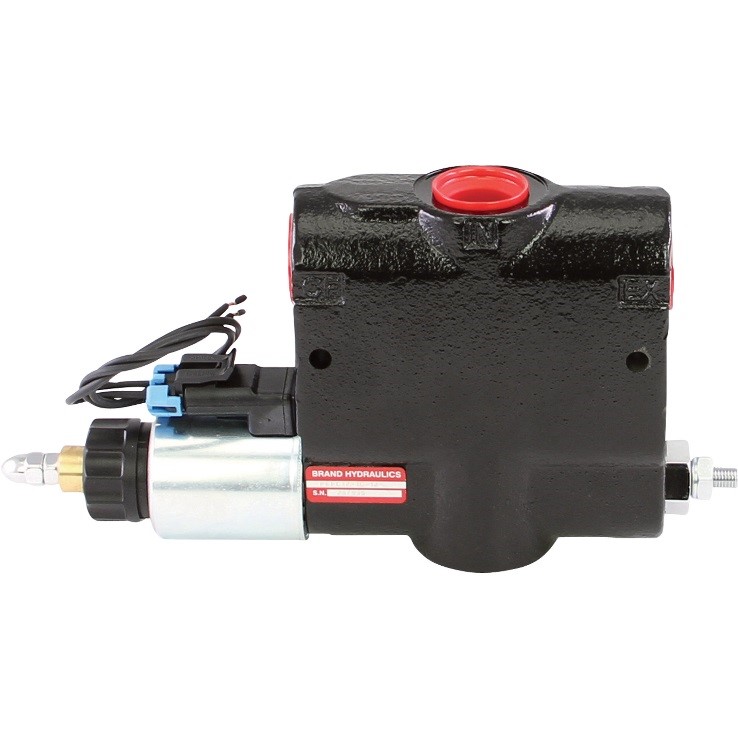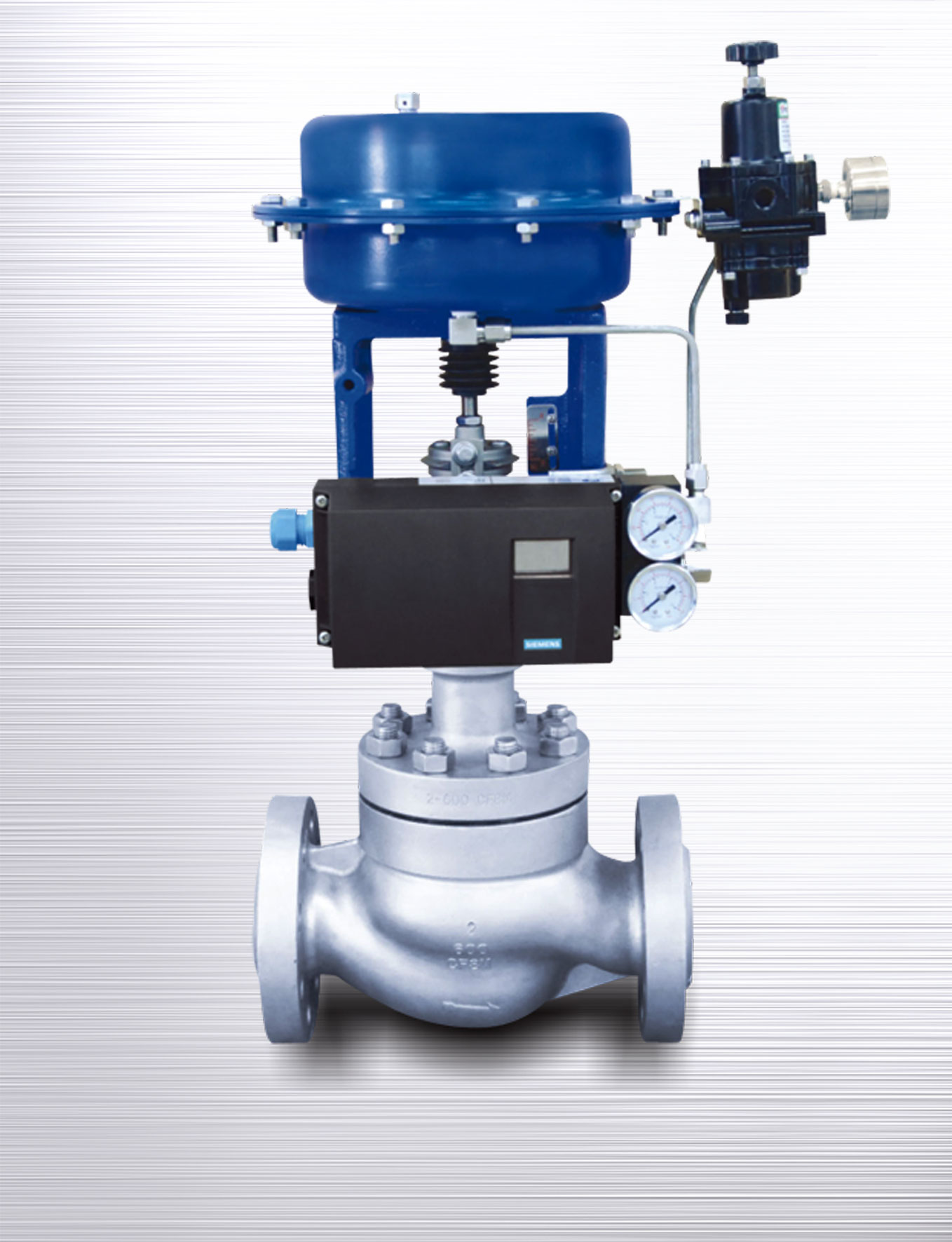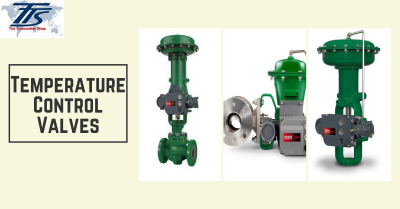Achieve Seamless Combination and Control With High Quality Building Automation Controls
In the realm of modern building administration, the importance of high quality structure automation controls can not be overemphasized. As technology remains to development, the combination and control of different systems within a structure have evolved to be more efficient and advanced. The seamless operation and monitoring of illumination, HEATING AND COOLING, safety and security, and various other structure functions have come to be vital for improving resident comfort, energy efficiency, and total operational efficiency. The journey towards accomplishing true combination and control is a diverse one, with considerations varying from system compatibility to cybersecurity. Embracing top quality structure automation controls is not simply a matter of ease however a tactical crucial for companies aiming to maximize their facilities' efficiency and sustainability.

Development of Building Automation Controls
Throughout the past couple of decades, the development of building automation controls has actually significantly changed the means structures are handled and run. Developing automation systems mostly focused on standard features such as regulating air, home heating, and air flow conditioning (HVAC) systems. Nevertheless, as technology progressed, these controls have come to be more sophisticated, enabling a larger variety of structure systems to be integrated and handled centrally.
The advancement of building automation controls has actually seen a change towards more smart systems that can adjust to changing problems in real-time. This versatility is important for maximizing power performance and making certain occupant convenience. In addition, modern building automation controls now supply features such as predictive maintenance, remote tracking, and information analytics, allowing facility supervisors to make data-driven choices to boost structure performance.

Benefits of High Quality Assimilation
The innovation in building automation manages in the direction of more intelligent systems has actually highlighted the substantial advantages of top quality assimilation in enhancing structure procedures and improving total effectiveness. Quality integration of developing automation controls provides a number of vital benefits. Firstly, it leads to enhanced energy effectiveness by permitting various systems to function with each other seamlessly, ensuring ideal performance and lowering power waste. Secondly, top quality assimilation enhances resident convenience and efficiency by making it possible for individualized control over environmental settings like air, temperature level, and lights high quality. This personalization can cause an extra comfy and favorable working or living environment. Additionally, top quality assimilation streamlines maintenance and repairing processes, as all systems are adjoined and can be monitored and managed from a central interface. This centralized control also supplies much better exposure and insights into structure efficiency, enabling aggressive upkeep and optimization techniques. Generally, the advantages of high quality combination in building automation controls are indisputable, supplying enhanced efficiency, convenience, and operational effectiveness.
Enhanced Customer Experience and Availability
Enhancing individual interaction with building automation controls via instinctive design and enhanced ease of access boosts the overall experience for residents and center managers alike. By concentrating on individual experience, constructing automation systems can end up being a lot more straightforward and efficient. Intuitive user check these guys out interfaces, clear navigation, and customizable setups encourage individuals to interact with the controls easily and successfully.
Access features play an essential function in making sure that all individuals, consisting of those with impairments, can make use of the structure automation manages easily. Incorporating attributes such as voice commands, responsive buttons, and color-contrasted display screens can enhance availability and make the controls extra comprehensive.
Furthermore, boosted individual experience results in higher individual contentment, enhanced efficiency, and far better decision-making. Occupants can change ecological settings according to their preferences, while center managers can efficiently manage and monitor structure systems - control valves. Overall, focusing on user experience and accessibility in structure automation manages adds to a much more efficient and seamless building setting for all stakeholders entailed
Sustainable Practices With Automation

In addition, automation can promote the integration of sustainable energy resources such as solar panels or wind turbines right into structure procedures. With automation, structures can align with contemporary sustainability goals and contribute to a greener future.
Future Trends in Structure Control Equipment
In expectancy of evolving and advancing technologies sustainability techniques, the trajectory of structure control systems is positioned to accept transformative methods and ingenious remedies. One prominent fad shaping the future of structure control systems is the increased integration of Artificial Intelligence (AI) and artificial intelligence. These modern technologies allow structures to adjust in real-time to altering conditions, optimizing energy intake and enhancing convenience for occupants. Furthermore, the Web of Points (IoT) is changing building control systems by connecting sensing units and devices to improve operations and boost effectiveness.
One more essential pattern is the focus on cybersecurity actions to protect versus possible dangers to constructing automation systems. As structures become more interconnected, making certain robust cybersecurity methods will be vital to safeguard sensitive information and avoid unapproved gain access to.
In addition, the shift in the direction of cloud-based platforms is getting energy, permitting for centralized control and remote access to building systems. This assists in simpler surveillance, maintenance, and updates, boosting the general performance and adaptability of building control systems. As innovation proceeds to breakthrough, these fads are anticipated to shape the future landscape of building automation controls, driving advancement and sustainability in the developed setting.
Final Thought
Finally, building automation controls have actually advanced considerably, supplying various benefits such as enhanced user experience, accessibility, and sustainable practices. Quality integration plays a vital role in achieving smooth control and effective operation of structure systems. Future fads in building control systems are likely to concentrate on more boosting automation capacities for enhanced power performance and total performance. It is vital for structure proprietors and drivers to prioritize the fostering of high quality structure automation regulates to optimize building operations and achieve lasting sustainability goals.
In the world of modern building administration, the value of top quality structure automation controls can not be overemphasized. On the whole, the evolution of building automation regulates continues to drive have a peek at this site innovation in the building monitoring sector, using new opportunities for developing smarter and more sustainable buildings.
The advancement in building automation controls towards even more smart systems has actually emphasized the substantial advantages of high quality integration in maximizing building procedures and improving overall performance. In general, prioritizing user experience and ease of access in structure automation controls contributes to a much more efficient and seamless building setting for all stakeholders entailed.
It is vital for building proprietors and operators to prioritize the fostering of high quality structure automation manages to optimize building procedures and accomplish long-term sustainability objectives. - control valves